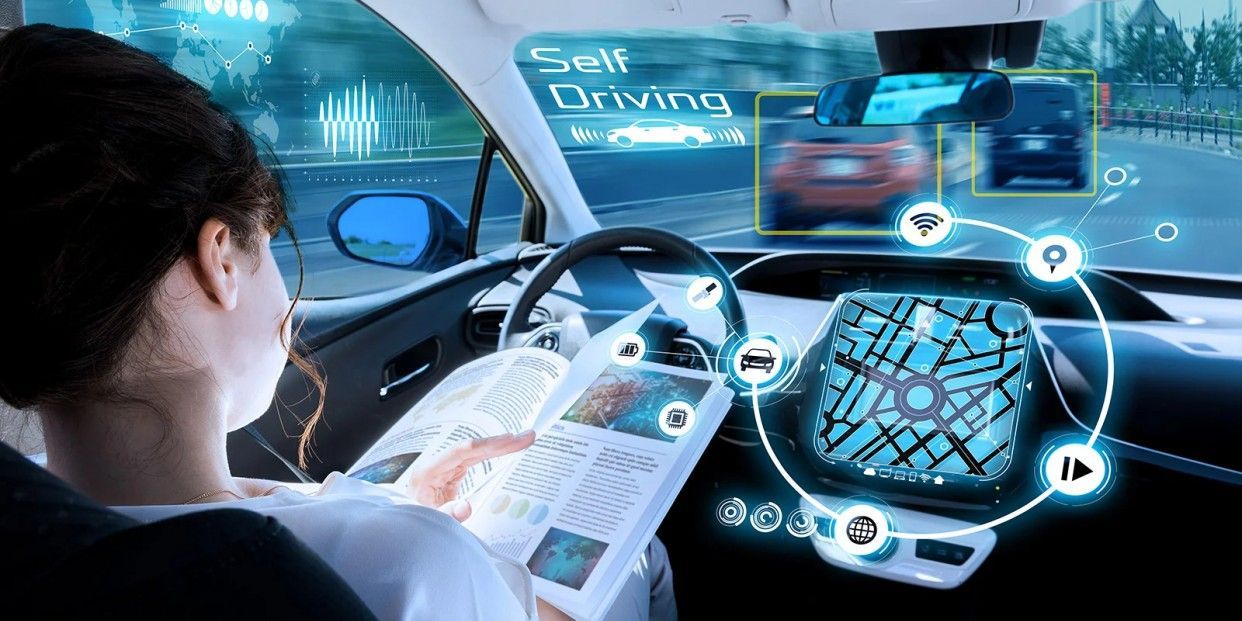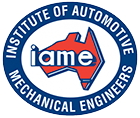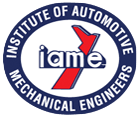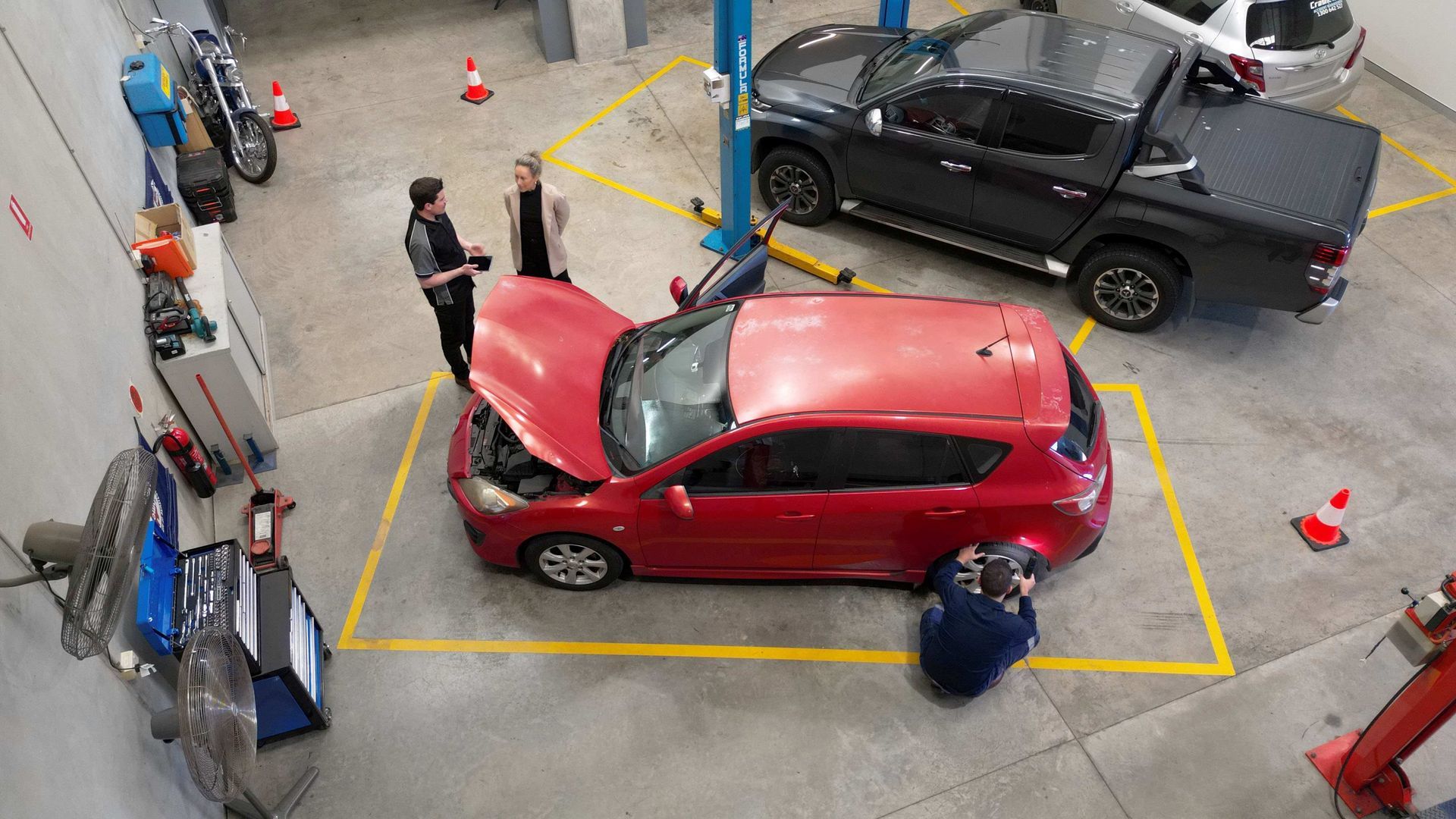BYD Breaks Ground with Conditional Permit for Level 3 Autonomous Driving Tests in New Zealand

In a significant leap towards the future of autonomous driving, BYD (Build Your Dreams) has secured a conditional permit to conduct Level 3 (L3) autonomous driving tests on expressways in New Zealand. This milestone not only marks a pivotal moment for BYD but also positions New Zealand as a forward-thinking hub for autonomous vehicle testing. The conditional permit underscores BYD's commitment to advancing autonomous driving technology and signals a new era in the automotive industry.
BYD, a leading global electric vehicle (EV) and battery manufacturer, has been at the forefront of innovation in the automotive sector. The recent grant of a conditional permit for Level 3 autonomous driving tests in New Zealand represents a strategic move by BYD to showcase its prowess in developing cutting-edge technology. Level 3 autonomy allows a vehicle to handle most driving tasks independently, marking a significant step towards fully autonomous driving.
New Zealand's decision to grant BYD a conditional permit for Level 3 autonomous driving tests reflects the country's open-arms approach towards embracing and fostering innovation in the transportation sector. The New Zealand government's willingness to collaborate with companies like BYD signifies a commitment to being a testing ground for emerging technologies, contributing to the global advancement of autonomous driving.
Level 3 autonomy represents a key milestone in autonomous driving capabilities. At this level, the vehicle can handle most aspects of driving under specific conditions, such as highway driving, without constant driver supervision. While the driver can disengage from active control, they must remain prepared to take over if the system encounters a scenario it cannot handle.
The conditional permit granted to BYD for Level 3 autonomous driving tests comes with a strong emphasis on safety and regulatory compliance. BYD is expected to adhere to stringent safety protocols and collaborate closely with New Zealand's transport authorities to ensure a secure testing environment. This cautious approach aligns with the global effort to balance innovation with safety in autonomous vehicle development.
BYD's foray into Level 3 autonomous driving tests in New Zealand has broader implications for the automotive industry. It signifies the continued progression towards a future where autonomous vehicles become integral to daily transportation. As companies like BYD push the boundaries of technology, the industry at large benefits from the lessons learned, contributing to the evolution of autonomous driving systems.
BYD, renowned for its electric vehicles, has a dual focus on sustainability and innovation. The move towards autonomous driving aligns with the company's commitment to reducing the environmental impact of transportation. Additionally, advancements in autonomous driving technology have the potential to reshape the economic landscape, creating new opportunities and efficiencies in various sectors related to transportation and mobility.
BYD's receipt of a conditional permit to conduct Level 3 autonomous driving tests on expressways in New Zealand is a momentous stride towards the future of transportation. As the automotive industry continues to evolve, collaborations between forward-thinking companies and supportive governments, like that of BYD and New Zealand, are crucial for advancing autonomous driving technology. The conditional permit not only positions BYD as a leader in autonomous driving innovation but also paves the way for a future where self-driving vehicles play a central role in shaping the way we move and commute.








